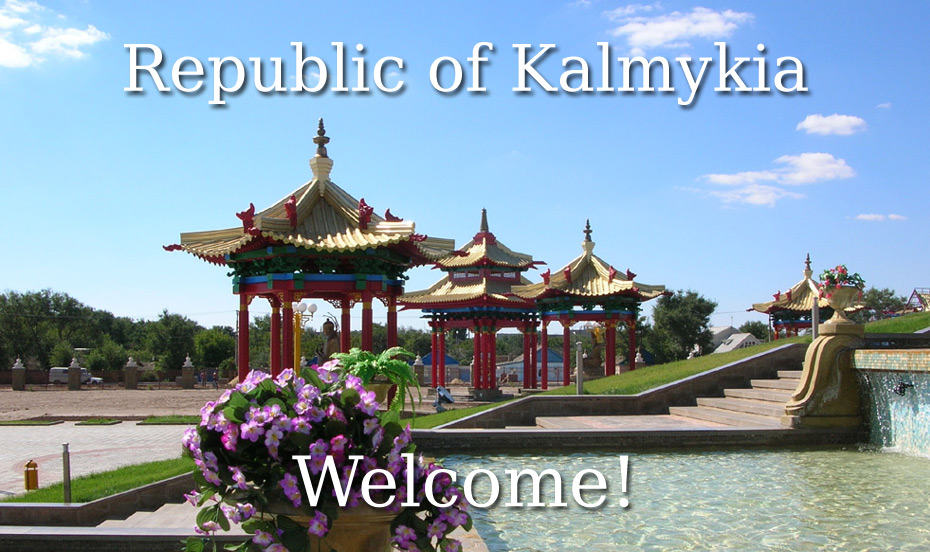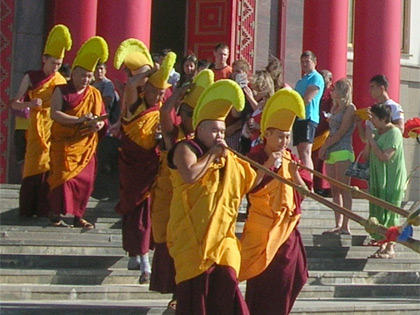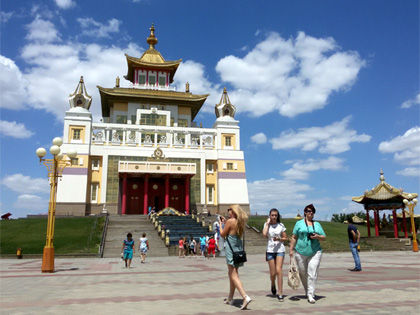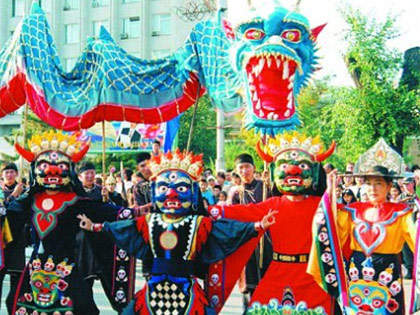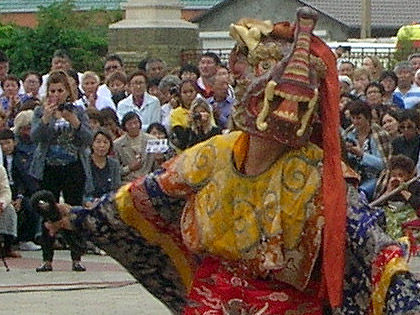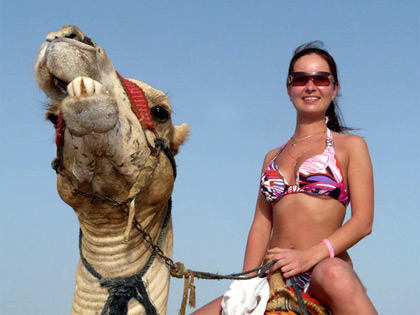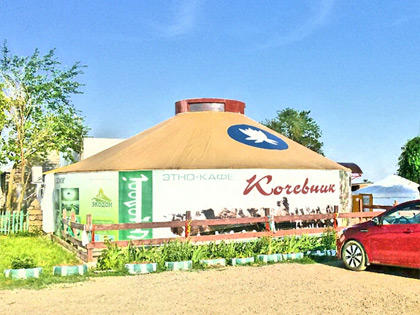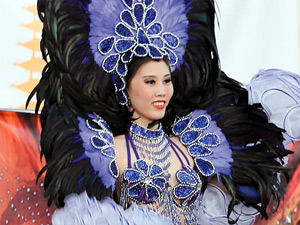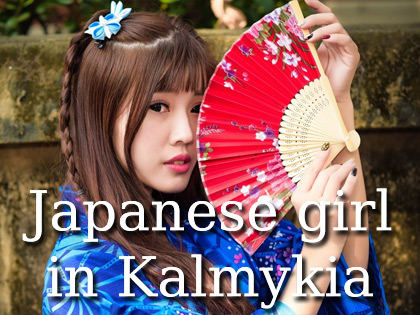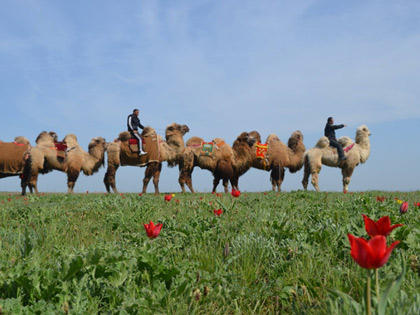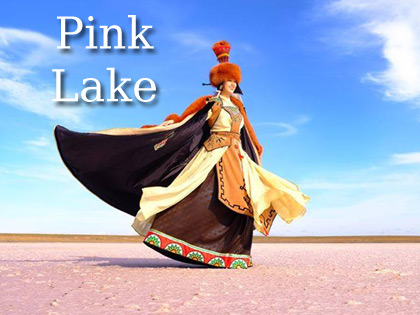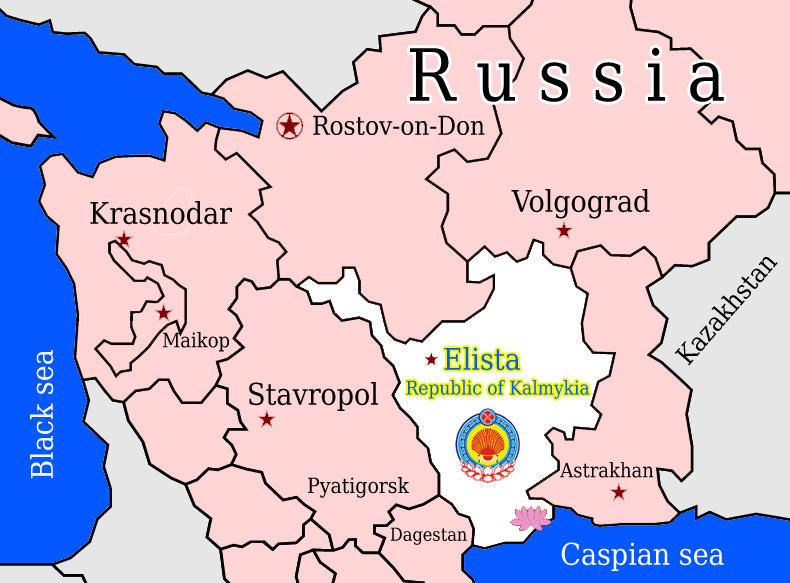The history of Cossacks
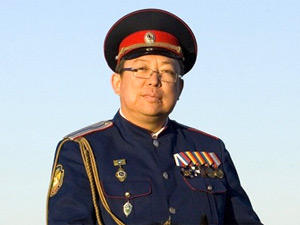 Information from Government of Republic of Kalmykia
Information from Government of Republic of Kalmykia
The history of Cossacks dates back to the ancient history. People called “kazaks” are mentioned in the written document of the late first millennium, and the archaeological explorations allow us to trace the earlier periods of Cossack life.
Still the historians cope with the phenomenon of Russian Cossacks. Having appeared many centuries ago Cossacks have demonstrated that neither time nor the executioner’s axe have no power over them. The key to this phenomenon is in the studies of historical path of Cossacks which goes under the precept: “Force is in unity, salvation is in brotherly union”.
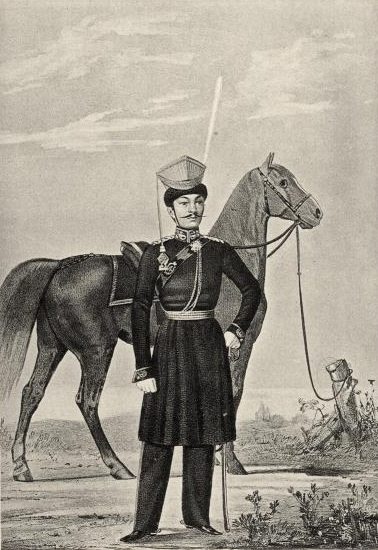
Cossacks have played a considerable role in the destiny of Russia and Eurasian areas for centuries. Cossacks are original communities of people united by the ethnic closeness, customs, principle of self-organization and special status in the society.
Cossack community formed in the steppe part of Russia and was initially characterized by the traditions of self-government ascending to the military democracy. Living in the permanent situation of constant challenge Cossacks worked out a response as a specific way of life and self defense, effective system of management, organic combination of farming, cattle-breeding, fishing, apiculture, hunting and military science. Herder, plowman, hunter and warrior in one person, a Cossack was able to make autonomous living as well as coordinated action in a band, co-operative, village or army. From the very beginning the power never belonged to one person but to a Cossack Circle (an assembly of all Cossacks). Its will was sacred.
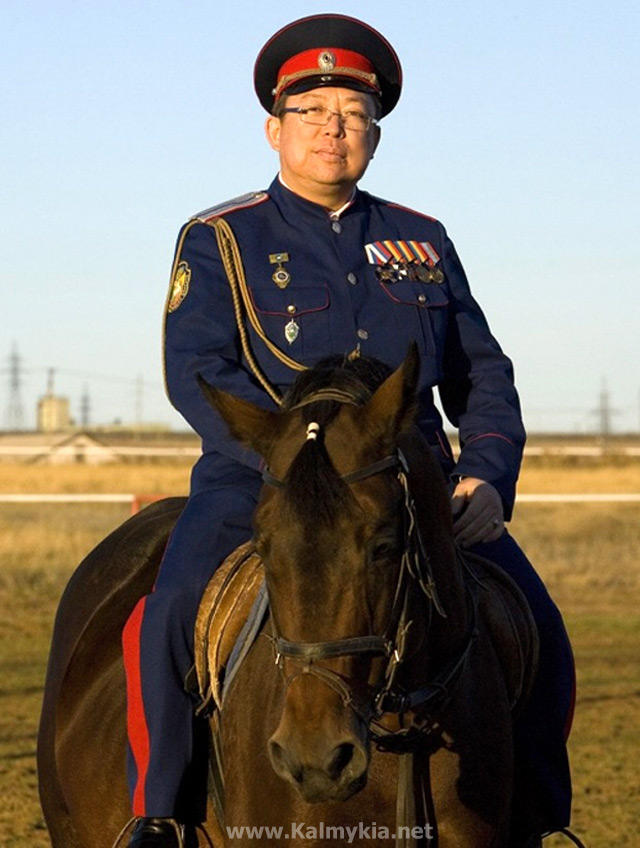
The path of the state service made the Cossacks people’s fame and recognition, in some quarters it brought irritation and hatred. The matter is the frame of Cossack mind where the dominance belonged to the permanent idea of serving the sovereign Great Russia. Cossacks became the most active conductors and defenders if the ideology that can be expressed by the words “For Faith, Czar and Motherland”.
The Soviets have juridically abolished the status of Cossacks as special class by one of its first decrees “On abolishing of the classes and civil ranks” dated November 10, 1917 and in the consequent five years the Cossack forces ceased their existence. The ruling party of Bolsheviks assisted this process by accepting in January 24, 1919, the secret directive on extermination of Cossacks signed by Y. Sverdlov: “Considering the experience of the civil war against Cossacks it is necessary to accept the only right idea of the most ruthless fight against the tops of Cossack society by total extermination. It is necessary to conduct mass terror against rich Cossacks and completely exterminate them, conduct mass terror against all the Cossacks, who took direct or indirect part in the resistance to the Soviet authorities. Middle Cossacks have to be put under such pressure to guarantee that it will not attempt to take any action against the Soviet power” .
Cossacks is a unique community having no match not only in the history of Russia but whole World formed by centuries and oriented to military service. At some stage Cossacks had their own quite developed state system, own territories preserving unique original culture closely connected and inspired by the cultures of Russia but differing by its special high spiritual values.
A Cossack is a free man! Free of who or free of what? He was free of oppression, persecution, free of violence, but not free of discipline, state service, primarily military service, the duties of Faith, Motherland and People’s protector.
The revival of Russian Cossacks is the way to the future. It is the way in which the Cossacks relay on their original historical values, it is the turn from hollow discussions to the purposeful constructive activities.
The official legalization of the Cossack Union took place at the Big Circle of Cossack Organizations in June 1990 in Moscow. The new establishment was entitled the Voluntary Social Association of Representatives of Cossack Lands and Departments and given the aim and objectives and the program of the movement. The new stage in the development of Cossacks organizations was given by 5 All Russian Cossack Circles. The delegates of the circles were represented by all the Russian regions. The Cossack Union was reorganized into the All Russian Cossack Organization that restored practically all the traditional Cossack military associations and unions in regions where Cossacks did not live before and where they got after the deportations, evictions or intrinsic migration.
Energization of the movement and revival of the lost government traditions, the emerging Cossack extremism have aggravated the relations with non-Cossack population. One can outline three knots of contradictions: Cossacks and the majority of the population, Cossacks and Cossack organizations, Cossacks and authorities.
The problem of the relations between the Cossack movement and the state authorities in 1991-2001 took a notable place in the social life of Russia. The interest of the state towards the Cossacks is as sharp as never before. It is quite natural and as it is determined by a number of circumstances.
The state could not avoid noticing the social and political power that is ready to serve the Motherland. At the same time the authorities began to realize that after the destruction of Cossack troops the state system got a gap that failed to be filled until now.
Let us now look at Kalmykia’s historical facts for 4 centuries as part of Russia, the part of Kalmyks in the Russian Cossack community as one can often here the question if Kalmyks are only the Don Cossacks or how Kalmyks became Cossacks and so on.
1613 – two Kalmyk regiments join the militia of Minin and Pozharsky as part of the Don Cossack units, they take part in fighting the Great Distemper and accession of the Romanov dynasty.
1642 – official entry of the part pf Kalmyk people into the Don Cossack community and signing the treaty with the Don Host, the delegation of Don Chiefs was headed by Stepan Razin.
1663 – the Chief of Zaporozhsky Host Ivan Sirko preparing for the Crimean Expedition wrote a letter the Czar Alexis Mikhailovich: “My Sire! The Zaporozhsky Host can be helped by not sending the Don Cossacks. I beg you to send Taisha Ayuka with his Kalmyks. They are militant people who ride horses piked, armed with bows and long arrows with wide ferrules. They are great horse riders and have a great mastering of swords. They are steadfast and brave in character. They are dreadful in battle. They never retreat, although they worship idols”.
1725 – Part of Kalmyks joins the Yaik (Ural) Host.
1737 – The High Decree of His Emperors Majesty established the Kalmyk Stavropol-on-Volga Cossack Host reorganized in 1839 when the part of Kalmyks was transferred to the Orenburg and Astrakhan Hosts.
In 1770s Kalmyks, especially the Cossack ones, managed to save the Terek Host and part of them joined it.
In the late 18th century Kalmyks offer help to the Kuban Host and part of them begins service for the Kuban Host.
Starting 1609 and until now Kalmyk Cossacks took part in all the Russian wars.
They were much famed after the war against Napoleon under the command of Chief Platov.
The were the first Allies’ troops to march into Paris in 1814.
Hell’s devils: How Russia’s steppe warriors took on Napoleon’s armies

In 1997 Kalmykia’s parliament ratified the Law “On Cossacks in Kalmykia”. The Cossacks of Kalmykia become active in assisting to the reforms of Russian and Kalmykia’s Presidents.
Today the descendants of Kalmykia’s Cossacks are a branch of the Slav peoples and the branch of Kalmyk people. They carry their duty in faithful service of Motherland as bequeathed by the ancestors. Today’s Kalmykia’s Cossacks have a great respect not only in the republic but also in other regions of Russia. Our children have been taking prizes at the Cossack Arts Festivals in Anapa all the last 6 years. Cossack communities of Kalmykia prepare the young generation to the difficult military service to man the Cossack units of Russian Military Forces.

